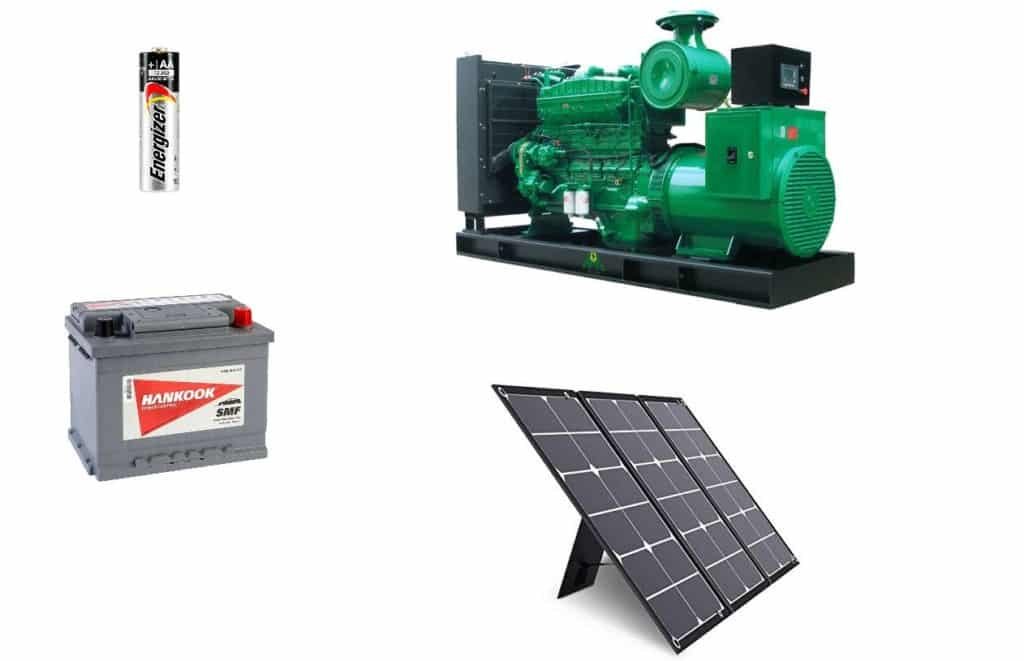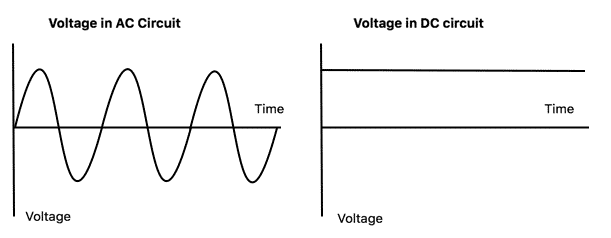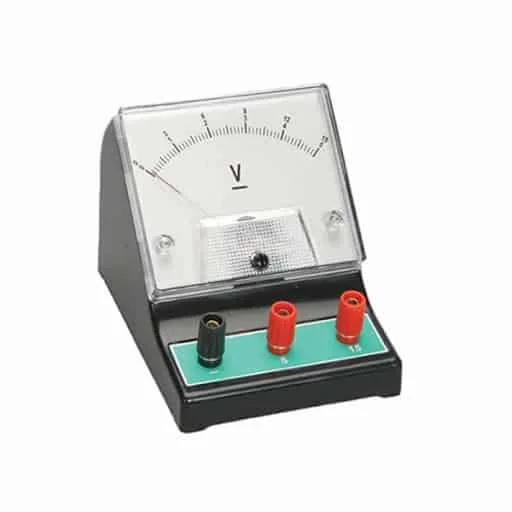Voltage is the term used to refer to the potential difference. Every material in this world is made up of atoms. Each atom is made up of protons, electrons and neutrons, which are positively charged, negatively charged and electrically neutral respectively. As we know a force of attraction prevails between these positively charged protons and negatively charged neutrons. A certain amount of work must be done to separate them.
Electric Potential
Electric potential is the amount of work done in moving charged particles such as electrons between two points. Whenever we want to separate two oppositely (positive and negative) charged particles that have strong binding forces between them holding them together, we need to do a certain amount of work in overcoming the force of attraction between them. The work done in separating them apart is stored as potential energy in each of these charged particles.
Normally, charges have the property of spreading out when they are not restricted by an external force. Accumulation of similarly charged particles at a point creates tension at that point. A certain amount of work is done in bringing these particles together and this work is stored as potential energy within these particles. This stored energy is known as electric potential.
Electric potential difference
The difference in electric potentials between two points in an electric field that tends to cause movement of charged particles such as electrons from the point of higher potential to a point of lower potential is called potential difference. When we connect a lamp to a battery, the difference in potential prevailing between its’ positive and negative terminal causes the electrons to flow and the lamp glows. Here the positive terminal of the battery is at a higher potential and the negative terminal is at lower potential. Potential difference is measured in volts.
What is voltage?
Voltage is a common term used to describe the potential difference. There is no difference between the potential difference and voltage. Both are the same. Sometimes it is also known as electromotive force. It is denoted by the letter V. Voltage can be either constant as in the case of DC power or varying as in the case of AC power.
Unit of potential difference
The unit of electric potential difference is volt. One volt can be defined as the potential difference between two points when one joule of energy is used to pass one coulomb of charge from one point to the other.
According to “Hughes Electrical and Electronic Technology”, One volt can also be defined as the potential difference measured between two points of a conductor carrying a current of 1 ampere, when the power dissipated between these points is equal to 1 watt. It is termed after the Italian physicist and pioneer of electricity and power, Alessandro Volta (1745–1827). He is the inventor of the electric battery.

Normal AA size battery that you can find in your house has a potential difference of 1 volt between its positive and negative terminals. Similarly, the potential difference measured between the Line and neutral points of a wall socket can be 230V or 110V. The difference is that the battery supplies DC voltage and the wall socket supplies AC voltage. AC and DC voltages are briefly explained in the following sections.
Difference between single-phase and three-phase power AC supplies
Mathematical representation of Voltage or potential difference
The electric potential difference or Voltage V= W/Q or v= dw/dq
Where,
W – Work-done in moving those charges.
Q- Coulombs of charge.
Example:
30 joules of energy is consumed in separating two charges of 10
coulombs each over a distance. What will be the voltage developed?
Solution:
Voltage V= W/Q = 30/10 = 3V
DC Power
DC power is the one that causes all charged particles to move in the same direction. The most common source of DC is a household battery. The electrons in the negative terminal of the battery flow to its negative terminal when connected to a load. The direction of flow of electrons never reverse.
AC Power
The direction of motion of charged particles changes constantly on the application of AC power changes. The power supplied by the power utility company is AC. The magnitude and direction of an AC supply change constantly from positive to negative and is normally sinusoidal in nature. In power stations, huge alternators are used to convert mechanical energy to electrical energy.

How can we measure voltage?
The electric potential difference is measured using a device called a voltmeter. It is connected across the two points between which voltage is measured. A voltmeter can be analogue or digital. Analogue voltmeters consist of a high resistance connected in series to a moving coil galvanometer. Various types of analogue voltmeters are available in the market. Digital voltmeter works by converting the voltage to digital form and displaying it on a numerical display.
